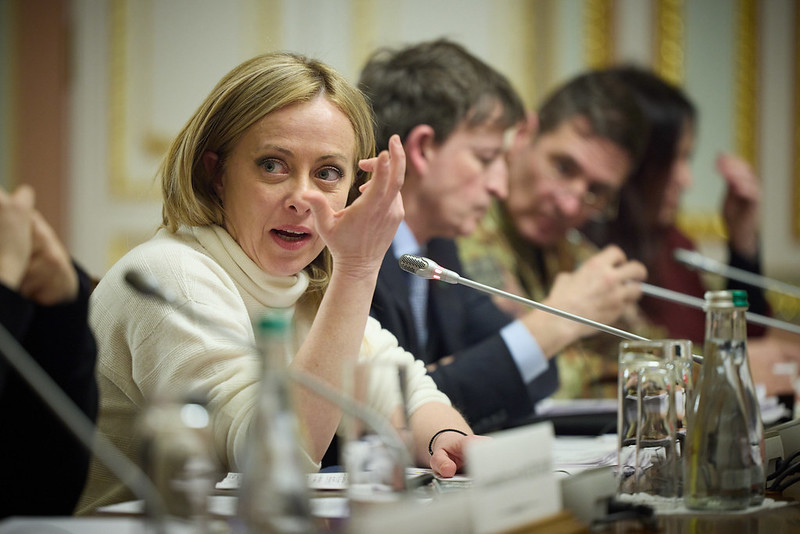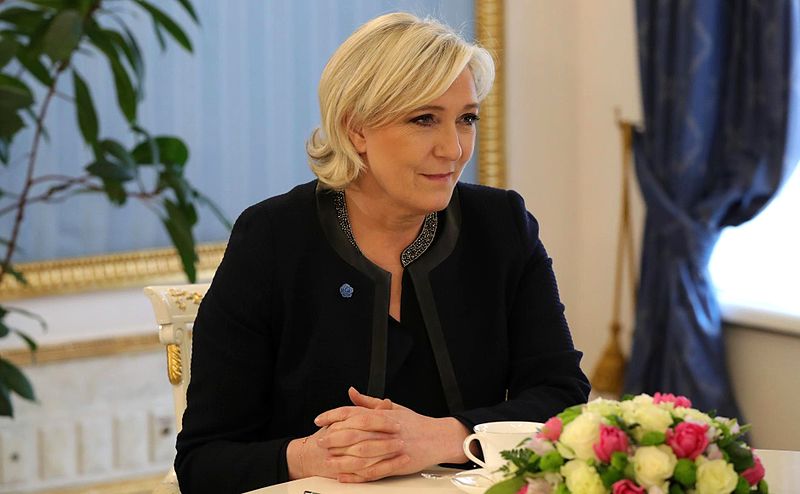
Europe’s voters have increasingly chosen right-wing parties to lead their nations and in increasing numbers, have chosen right-wing women as their leaders. Nicholas Farrell discusses the shift in voting patterns in The Spectator, writing:
All over Europe the right is surging ahead. Everywhere you look, the left is losing — in Italy, Spain, Sweden, Finland, Poland, Hungary and now, following an election victory for the New Democracy party on Sunday, Greece.
In France, the Rassemblement National (the renamed Front National) keeps rising in the polls and now vies for top slot as the country’s most popular party, as does the Freedom Party in Austria. And in Germany this week, the radical and increasingly popular right-wing Alternative für Deutschland won a district election for the first time. The AfD is Germany’s second most popular party according to polls, behind the Christian Democrats but ahead of Chancellor Olaf Scholz’s Social Democrats.
Cue the usual agonized and simplistic commentary about the march of the far right. But one common, if not quite ubiquitous, factor in Europe’s rejection of the left is being ignored. It’s the women. Many of these insurgent and ascendant parties are led, or part-led, by members of what used to be called the fairer sex. The face of the new European right is, increasingly, feminine.
The co-leader of the AfD is a strikingly handsome blonde lady called Alice Weidel. She’s not exactly a predictable conservative: she is a lesbian with a philosophy PhD who opposes gay marriage and Islamic homophobia. She worked at the Bank of China yet is a free-marketeer apostle of Friedrich Hayek.
Forty-four-year-old Weidel is far more economically liberal than Marine Le Pen, the fifty-four-year-old leader of the Rassemblement National, in neighboring France. But the two women share an ability to wrong-foot opponents and are not necessarily harmed by the media’s insistence that they are “far right” or fascist.
France’s centrist President Emmanuel Macron cannot stand for a third consecutive term in 2027. But if he did, polls suggest that Le Pen would comfortably defeat him in a second ballot run-off — by 55 percent to 45 percent.
In Italy, meanwhile, forty-six-year-old Giorgia Meloni, who became prime minister in October, goes from strength to strength. In May, her right-wing coalition won a crushing victory in the city elections even in places where Italy’s communists and post-communists had never lost, such as Siena in Tuscany and Ancona in Le Marche. Meloni said afterwards that there are no left-wing “strongholds” remaining in Italy. The same might well soon equally be said across Europe.
Already blessed with a large majority, Meloni will benefit further from the recent death of her coalition partner Silvio Berlusconi. There were potentially fatal policy differences between the two. Meloni is the most ardent supporter among the leaders of the major EU countries of NATO’s arms to Ukraine program. Berlusconi, a friend of Putin’s, was only ever at best lukewarm.
But now he’s gone and Meloni continues to emerge as the standard bearer of a new European nationalism. It’s interesting that Finland’s new right-populist deputy prime minister, Riikka Purra, was almost instantly compared with Meloni — though Meloni defines herself as a conservative and Purra says she is neither left nor right but “anti-politics.” They both take a hard line on Putin and illegal immigration, however.
If you’re willing to fight for Main Street America, click here to sign up for my free weekly email.




